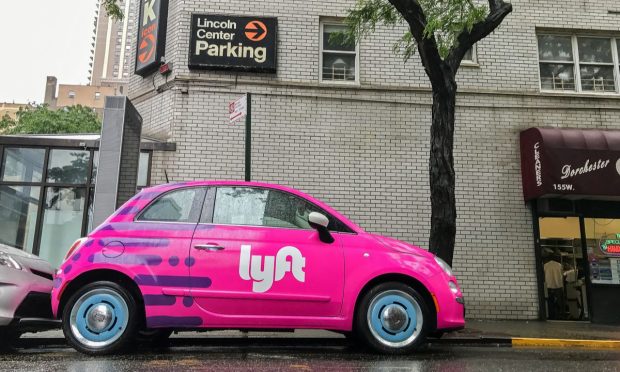Lyft Cuts Quarter of Staff to Drive Down Costs

Lyft will reduce its staff by 26% as the rideshare service looks to bring down costs.
The company said last week it would “significantly reduce” the size of its employee base, and it revealed just how significant Thursday (April 27), saying in a regulatory filing that it is letting go of 1,072 of its roughly 4,000 workers.
In addition to the layoffs, Lyft has also cut 250 vacant positions and plans to scale back hiring, the company said in the filing with the Securities and Exchange Commission (SEC).
“The company intends to use the operating cost savings associated with this action to support continued service-level improvements benefitting riders and drivers,” the filing said, adding that Lyft will provide further details during its earnings call next week.
However, CEO David Risher offered a bit more detail about the company’s plans in a message to employees last week.
Risher said Lyft’s goal is to help riders get around and provide drivers with a way to work, which requires the platform to be a “faster, flatter company” where employees are closer to riders and drivers.
“And we need to bring our costs down to deliver affordable rides, compelling earnings for drivers and profitable growth,” Risher said in the note. “We intend to use these savings to invest in competitive pricing, faster pickup times and better driver earnings. All of these require us to reduce our size and restructure how we’re organized.”
Risher, a former Amazon and Microsoft executive, became CEO last week, with co-founders Logan Green (the company’s former CEO) and President John Zimmer moving from management roles into non-executive positions on the Lyft board.
Lyft’s revenue momentum has been easily outpaced by Uber, which saw top-line growth in its last quarter of 48%, versus 21% at Lyft.
“Uber, of course, has been building out an ecosystem that leverages an installed base of drivers to perform a slew of tasks beyond the confines of mobility (where Lyft has focused its business),” PYMNTS wrote in March.
This cross-pollination effect has been on display where Uber’s delivery business bookings had risen 14% to $14.3 billion in the most recent period.
“By helping drivers pivot between ride-hailing and delivery, those drivers keep earning, and Uber, of course, keeps earning too,” wrote PYMNTS.
